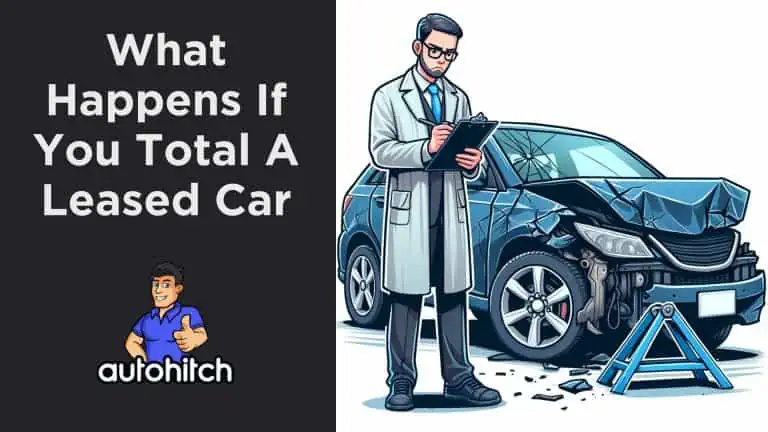You just crashed your car, but it’s a lease. So, what happens if you total a leased car?
If you total a leased car, you are still responsible for the remaining lease payments.
Relevant Articles:
Table of Contents
What Happens If You Total A Leased Car?
When terms like “total loss” or “totaled vehicle” come into play, things get complicated.
Essentially, your insurer declares a total loss when repair costs exceed a percentage of the car’s value, usually around 65-75%.
Even if your leased car is totaled, you still owe the outstanding “lease balance”, and the lease balance likely exceeds the “actual cash value” amount your insurance provides.
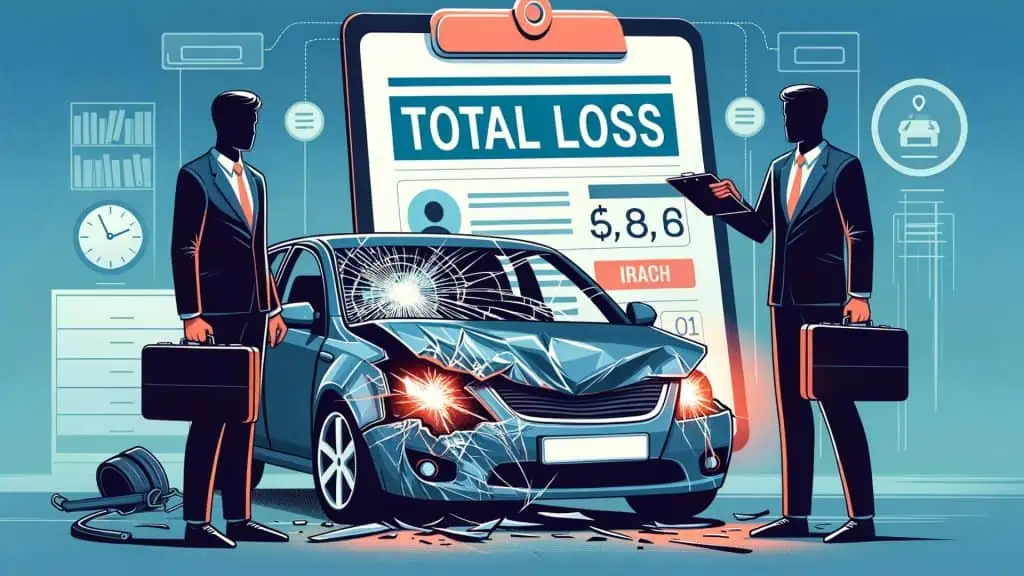
Your insurance will cover the vehicle’s fair market value, which is what it would cost to buy the same car as a used car from a dealer.
However, the payoff amount on a lease often does not drop as fast as the car’s value does!
This means that the lease payoff might be higher than the amount the insurance will pay for the car. In such a case, you may be required to pay the difference, which can sometimes be thousands of dollars.
Example Payout:
If repairs cost $18,000, but your car was worth $15,000, the insurer would pay the $15,000, but you would still owe the remaining lease balance.
Who Gets the Insurance Check When a Car Is Totaled?
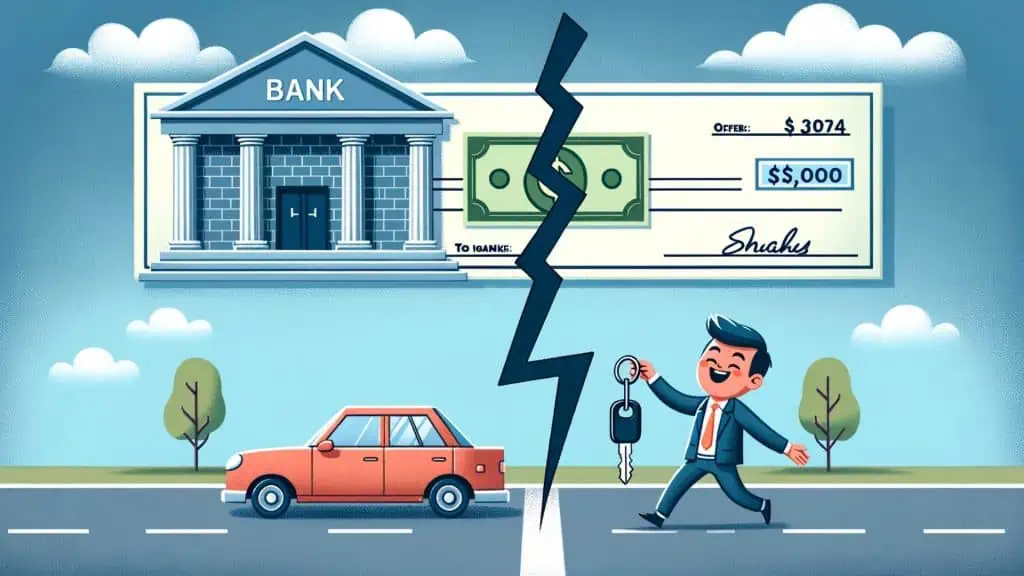
When a car is totaled, the insurance check is typically sent to the entity that holds the title of the car. If you own the car outright, the check will be sent to you.
However, if the car is financed or leased, the insurance company will first pay off the lender or leaseholder.
Any remaining funds from the settlement will then be sent to you.
Who Pays When a Leased Car is Totaled?
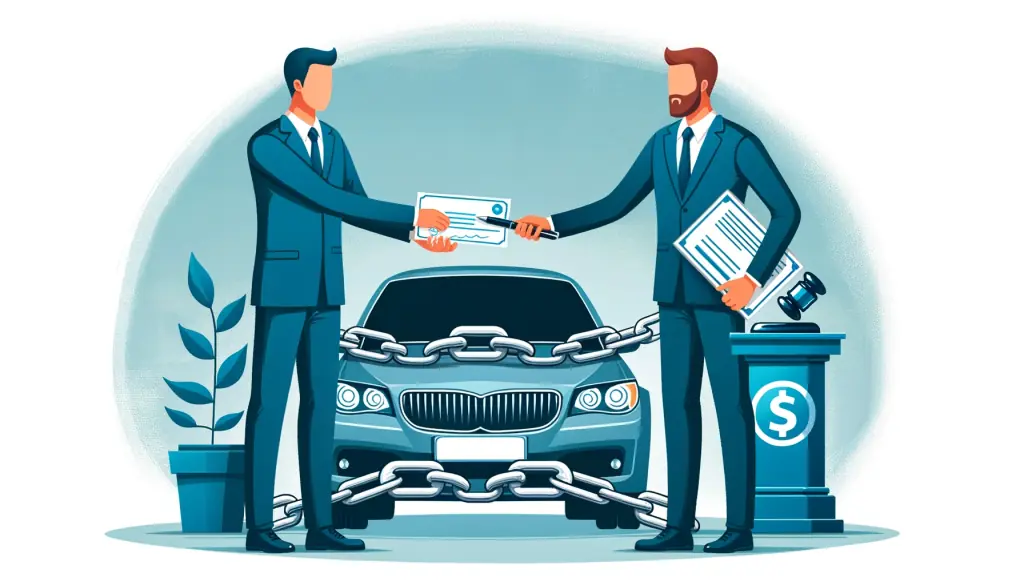
- If “at fault”, your insurance covers damages through your “liability” and “collision” policies.
- If “not at fault”, file a claim against the other driver’s insurance.
- The leasing company demands the remaining lease balance.
- Police reports and other evidence establish fault.
Negotiating Leased Car’s Value with Insurance
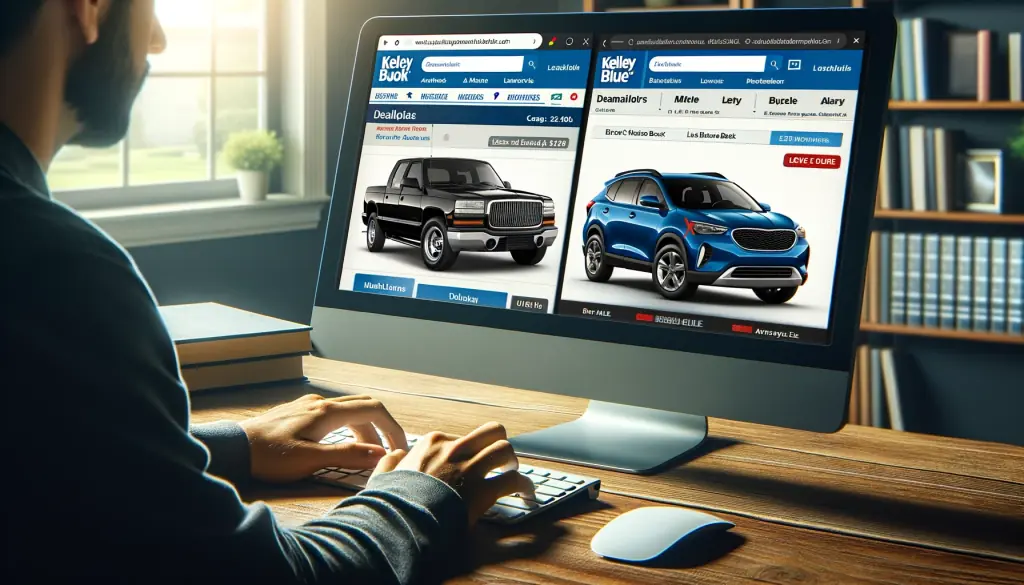
Use tools like Kelley Blue Book or Edmunds to “estimate value” and “negotiate” your settlement. Check local dealership listings for “comparable” prices too.
Provide maintenance records and upgraded features to “settle” for the maximum amount.
If too complex, hire an “attorney” to ensure you get what the car was worth. Tactful negotiations lead to fairer payouts.
Settling With Insurance Company After Total Loss
| Action | How It Helps |
|---|---|
| Compare car value estimates | Ensures you get full car value |
| Provide maintenance records | Proves car was well-cared for |
| List upgrades & features | Increases assessed car value |
| Hire attorney if needed | Navigates complex legal issues |
Pro Tip:
If your leased car has equity (meaning the car’s current market value is higher than the remaining balance on your lease), the situation can become more complex.
In some cases, the leasing company may keep any monies above and beyond the value of the car.
However, some lease agreements may allow any equity to be returned to you.
In the event that your leased car is totaled and you have equity in the vehicle, it’s recommended to consult with a lawyer to understand your rights and potential courses of action.
Leased Car Insurance Requirements
Auto insurance is mandatory for all drivers, but leasing companies often require more coverage. At a minimum, state laws require liability insurance to cover bodily injury and property damage you cause others.
Common Leased Car Insurance Policies
| Policy | What It Covers |
|---|---|
| Liability | Injuries to others if you’re at fault |
| Comprehensive | Damage from weather, theft, vandalism |
| Collision | Damage from accidents |
| Gap | Difference between car value and lease balance |
However, leasing companies frequently mandate collision, comprehensive, and gap coverage too.
Major companies such as Geico and State Farm offer these bundled policies.
Do I Need Gap Insurance on a Leased Car?
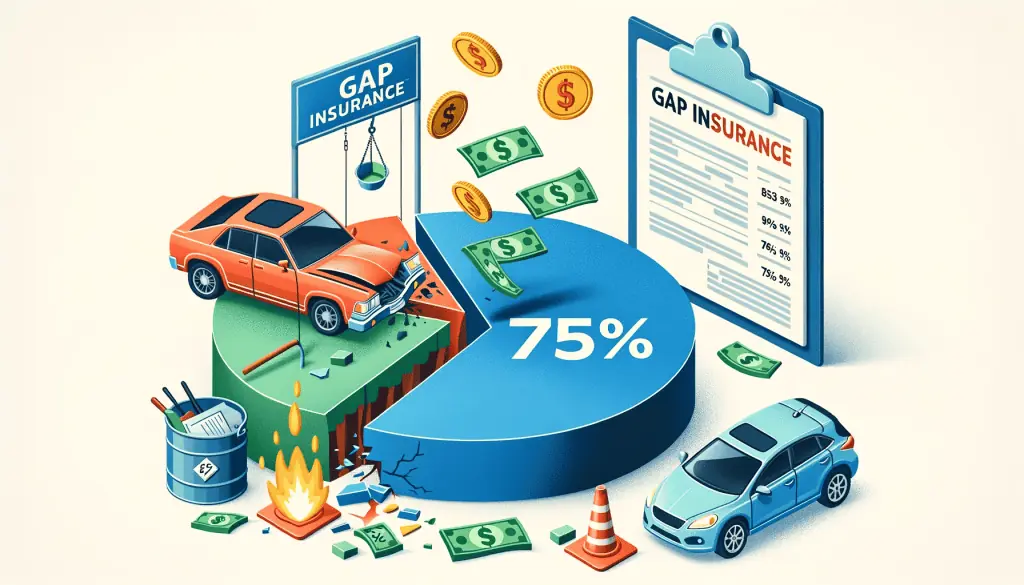
Gap insurance, sometimes called “gap coverage” or a “gap policy”, pays the difference between your car’s value and the remaining lease balance.
When leasing, vehicles depreciate faster than monthly payments. So gap coverage is strongly advised to avoid a large “shortfall.”
For instance, if you owed $18,000 on the lease but insurance only covered $15,000, gap insurance would pay the $3,000 difference.
Studies show over 75% of leaseholders carry gap insurance for this exact scenario.
Steps After a Leased Car Accident
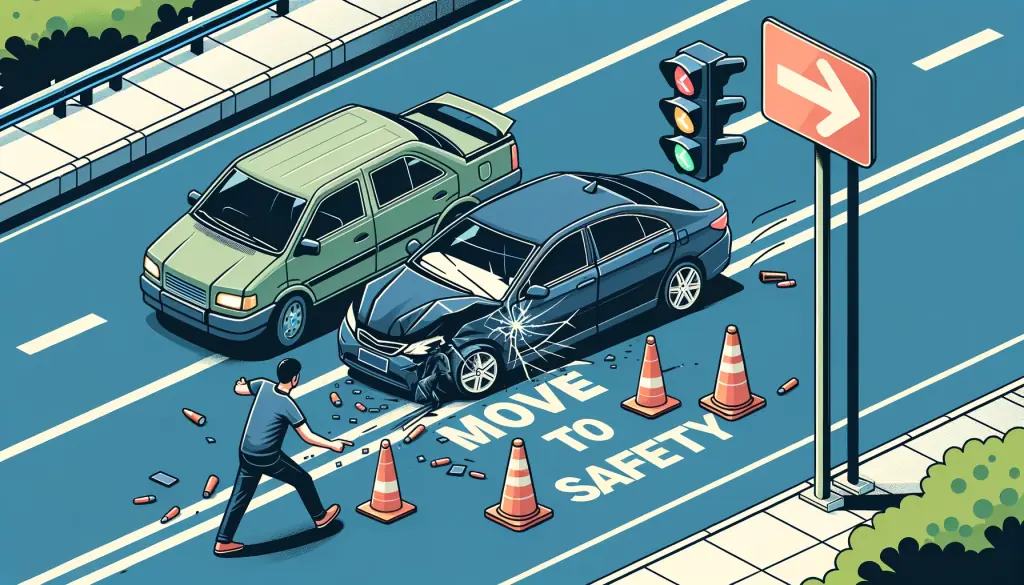
Follow these tips when accidents strike:
- Move to safety
- Call 911 if needed
- Exchange information
- Take photos
- Get witness information
Then, follow “accident protocol” and notify your insurance provider and leasing company.
Finally, bring the car to an auto shop for assessment. Photos, police reports, and other documents help show what happened. Staying organized streamlines the claims process!
Summary
In summary, if you total a leased car, you’ll need to work with your insurance company and leasing company to resolve the situation.
You may be responsible for paying any difference between the insurance payout and the lease payoff, unless you have gap insurance. If your car has equity, the distribution of that equity will depend on the terms of your lease agreement.

